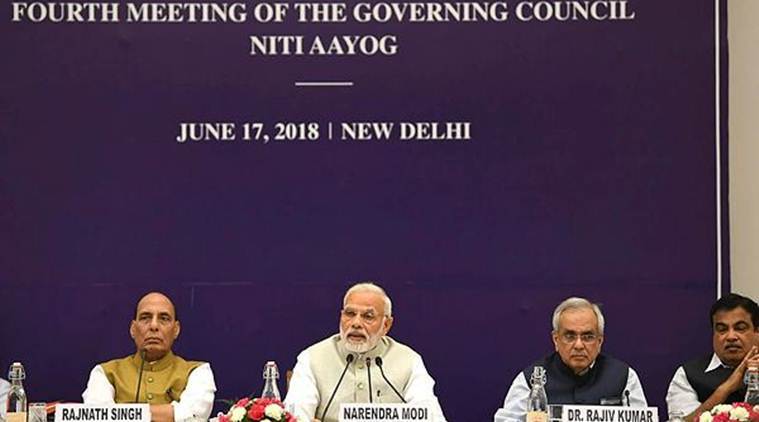
UTI MF, fund manager Mr. Lalit Nambiar
There are several bottom-up opportunities in the midcap space and perhaps it is even time now to think a bit differently on how much premium one is willing to pay for growth expectations and if that growth is as dependable as it is made out to be.
According to Mr. Lalit Nambiar, Reserve Bank of India (RBI) seems to be quite aware of the fact that the major issue is of transmission and of stimulating demand through system level changes without creating a moral hazard in other parts of the system. In other words, it is a bit of tightrope walk for the RBI in terms of setting inflationary expectations as also on interference in the market mechanism versus pushing for growth.
The shift to an ‘accommodative’ stance at least makes this intent quite clear. There is no ruling out further measures but these may wait for the budget and a clearer understanding of the government borrowing programme.
On market prediction, the quality of growth as indicated by the topline is not providing great comfort. Consumption growth is deteriorating on quality and quantity and the investment cycle has not really taken off yet.
In that sense, we have hit a kind of a lull phase for the markets and economy. Relatively speaking, India is still one where growth is visible on the global stage even if valuations on a historical basis are not inexpensive.
But, that said, there have been times where returns on a forward 12-month basis have had a lower correlation with valuations. So investors need to first look at their asset allocations rather than look to time entry and exit. Time in the market is always more important than timing the market.
Without a doubt, if India has to grow, and there will be many mid-cap companies that could become tomorrows’ largecaps. However, whether it will be the present set of names which have shown traction largely due to a consumption-led story or another set of companies that may be driven by focus slowly shifting to investment-led names is a matter that must be carefully examined.
There are several bottom-up opportunities in the midcaps and perhaps it is even time now to think a bit differently on how much premium one is willing to pay for growth expectations and if that growth is as dependable as it is made out to be.
For portfolio creation, one should first start with the asset allocation. Based on risk appetite and investment horizons, one should allocate towards direct equity, equity MFs, debt MFs, FDs and physical assets like gold and real estate.
Within direct equity one should ideally look for companies with a strong track record on business performance especially over the longer cycles and there is little overlap with one’s equity MF underlying holdings.
While ‘top-down’ analysis may be useful to understand systemic risks from global trade and policy stance, look for companies where the bottom-up case for the business is good especially in terms of its valuations.
By UTI MF, fund manager Mr. Lalit Nambiar


